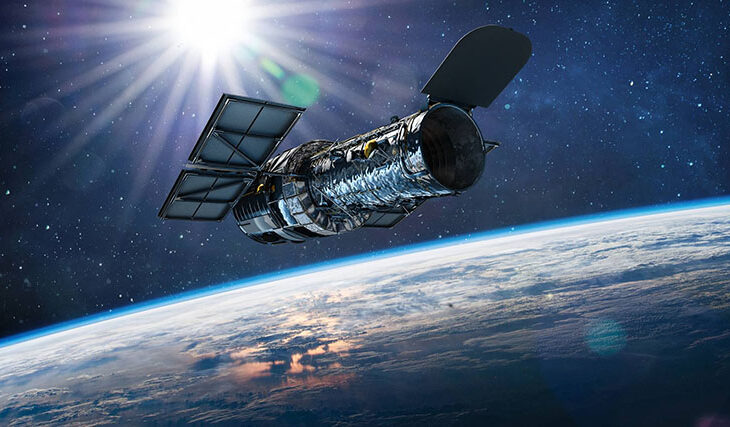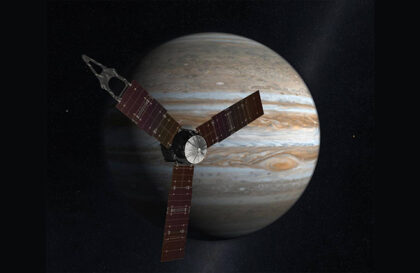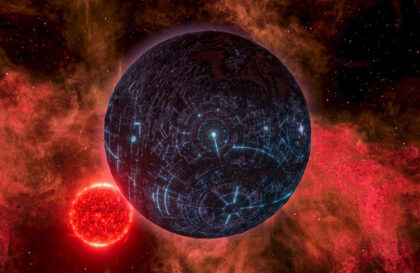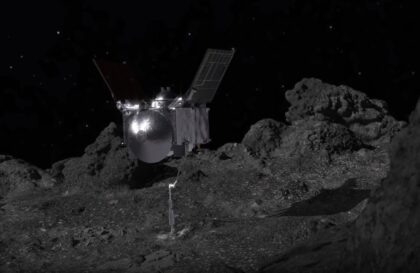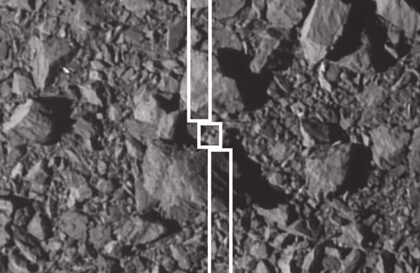The Hubble telescope has been in orbit for 32 years. It was replaced by the James Webb telescope, which launched in December 2021 and is now successfully operating.
The official Hubble program ended on 06/30/21.
In 2030, it should deorbit and 6 out of 11 tons of its mass should burn up in the atmosphere, and 5 should fall into the calculated part of the Pacific Ocean.
Hubble is hundreds of times more expensive than any ground-based telescope. There are discussions about the need for such telescopes.
In September 2022, NASA and SpaceX entered into a Space Agreement to explore the possibility of launching the Crew Dragon mission to service and carry the Hubble to a higher orbit. Such a move could potentially extend the lifetime of the telescope by another 20 years.
Hubble achievements
Among the most significant observations that were made while using it:
- maps of the surface of Pluto and Eris (the 2nd dwarf planet after Pluto) were obtained for the first time,
- the age of the Universe has been specified (13.7 billion years),
- partially confirmed the theory of supermassive black holes in the centers of galaxies,
- in 1994, the whole world witnessed the fall of the comet Shoemaker-Levy on the surface of Jupiter,
- in 2018, the telescope was able to take a close-up of one of the oldest known galaxies in the universe, which formed 500 million years after the Big Bang,
- in 2005-2007 to build a frame of dark matter based on the photo, which holds the parts of the Universe together,
- discover millions of black holes (it was believed that there were few of them). He changed the way scientists think about black holes.
The flow of data that it generates monthly in the process of observations is about 480 GB. Their total volume, accumulated over the entire lifetime of the telescope, is approximately 50 terabytes.
Hubble Dimensions
The spacecraft is 13.3 m long and 4.3 m in diameter (two solar arrays are 2.6 × 7.1 m in size). It’s about a four-story building.
Weight – 11 tons (with installed devices – about 12.5 tons).
The telescope is a Ritchey-Chrétien reflector with a main mirror diameter of 2.4 m, which makes it possible to obtain an image with an optical resolution of about 0.1 arc second.
What is the difference between James Webb and Hubble?
Hubble shoots in the visible and ultraviolet ranges of the spectrum.
James Webb shoots in orange and infrared, which will allow him to see more distant (you know, older) galaxies.
These are completely different telescopes.
Image credit:
https://www.japantimes.co.jp
https://esahubble.org
https://webbtelescope.org
